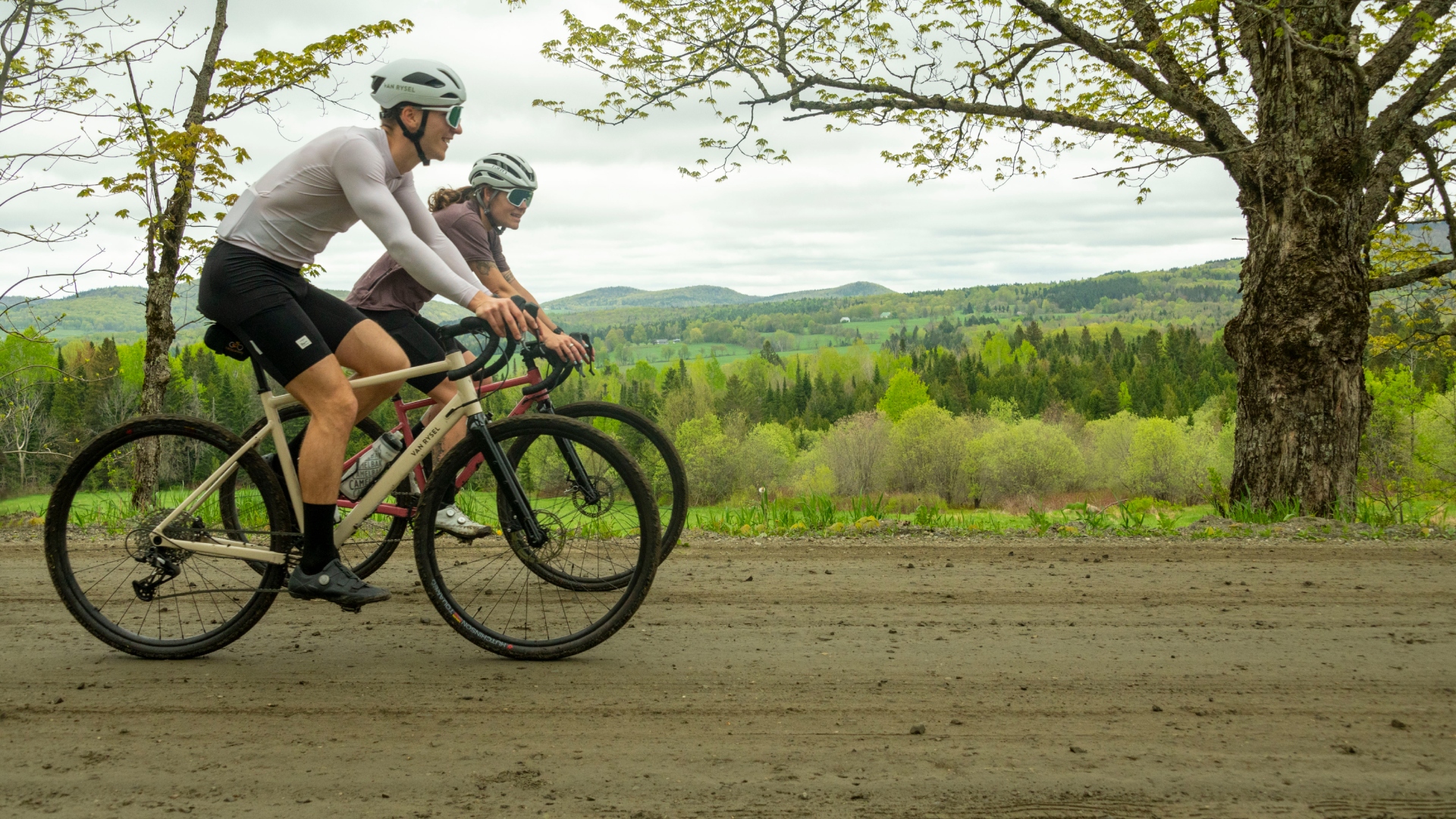
As a longtime cycling journalist and gear reviewer, I have the distinct privilege of throwing a leg over some of the industry’s most coveted bikes. From WorldTour superbikes to handmade titanium dream machines, when brands invite media to test their bikes, it’s usually to showcase their halo product. Featherweight, showroom-worthy looks and tricked out with the best tech the industry has to offer, these bikes are stunning, no doubt about it. They’re engineering masterpieces and, quite simply, an absolute blast to ride.
But let’s be real: few of us are actually buying these five-figure machines. And frankly, most of us probably shouldn’t be riding them anyway. No more than we should be driving Formula 1 cars to the grocery store. They’re purpose-built tools for a very specific job.
Also, I’ll be honest and say that above a certain price point, most bikes are excellent. Light, fast, aero-optimised and razor-sharp. It's hard to go wrong when the investment’s there. But what about the other end of the market? Brands rarely invest in showing off what they can do when the R&D budgets are smaller. These products may be less aspirational, less cutting-edge and less sexy, but the appeal and ridership of these bikes are much broader than their $16,000 siblings. Arguably, making a good bike at this level is the tougher challenge.
That’s why it was downright refreshing to be invited to Van Rysel’s media launch in Vermont last month. Launched in 2019, Van Rysel is a French cycling brand and subsidiary of the popular European, one-stop sports superstore, Decathlon. The brand burst onto the scene with its sponsorship of the Decathlon-Ag2r La Mondiale team. The WorldTour team is racing aboard the Van Rysel RCR Pro, which was one of the most talked-about bikes in 2024. This top-of-the-line bike was designed in partnership with the French aerospace research laboratory, wheel manufacturer Swiss Side and Deda Elementi – and yet, it’s also the least expensive bike in the pro peloton.
But least expensive here still means $11,000. In Vermont, though, Van Rysel showed us something entirely different: the GRVL AF 2, an aluminum gravel bike that tops out at $2,399 for the Shimano GRX model. The one I was riding? Just $1,399.00 / £999.99. A complete, adventure-ready bike that costs less than the groupsets on the bikes we usually test.

Yet Van Rysel rolled out the red carpet all the same, giving us a premium experience aboard their entry-level products. Sure, it was a bit of a branding play: Van Rysel is new to the U.S. market and can’t rely on Decathlon stores to reach its consumers. (There are no Decathlon stores in the U.S and Van Rysel is therefore relying on retail partnerships like it’s made with REI for the GRVL AF bikes). But that doesn’t diminish what made this launch so notable: it was a full-blown, thoughtful, professional media rollout for a bike that rarely graces the pages of cycling media.
But while the profit margins may be small, when it comes to the number of bikes sold, that $1400 bike is going to outsell the $11,000 flagship three to one. It’s the kind of bike that gives someone their first taste of gravel riding or bikepacking. The one that helps an adult fall back in love with riding for the first time since childhood. The bike a parent buys for a teenager just getting into the sport. And the bike you see every Saturday morning, leaning against the wall of your favourite coffee shop, well-loved and unfazed if it tips over.
Van Rysel seemed to understand that. The invite list reflected it: a couple former racers, like myself, paired with riders who’d never even clipped into pedals before. Likewise, the GRVL AF isn’t some watered-down version of a “real” bike. It’s an easy-riding, all-person steed built with intention. Smart spec, good ride quality, and a clear understanding of who it’s for and what they need. Read the full review here.
I felt that this media trip deserved a shout-out not because of the product per se, but because of the approach. I’d love to see more brands give affordable bikes the attention they deserve. Not just in offering them, but in how they talk about them and launch them. Likewise, I have long believed that we in the media also need to recalibrate our coverage from time to time. Superbikes will always have their place (and I’ll never turn down a chance to ride one), but let’s not forget the bikes that are at the heart of our sport. The ones that get butts in saddles, that diversify the community, and, realistically, the ones people actually buy.
So here’s to $1,400 / £1000 bikes and to the brands that give them a turn in the spotlight.







